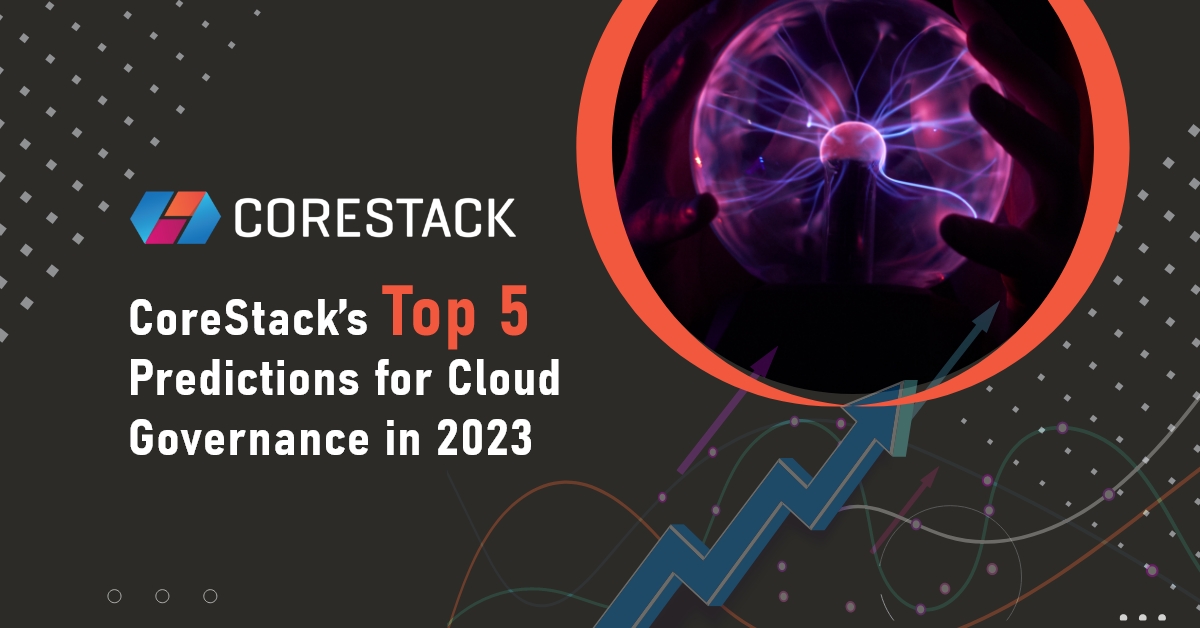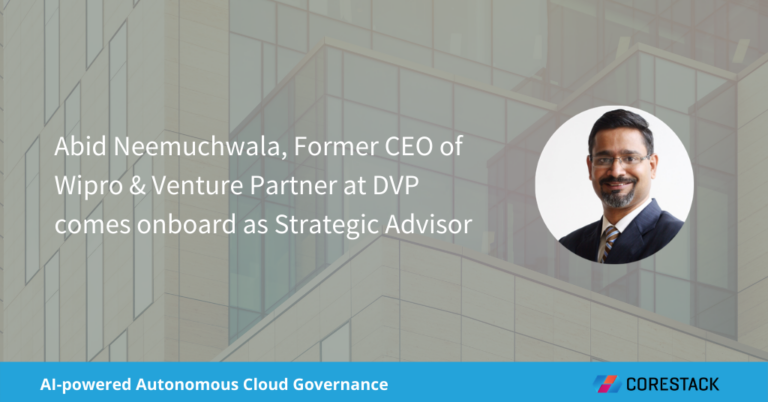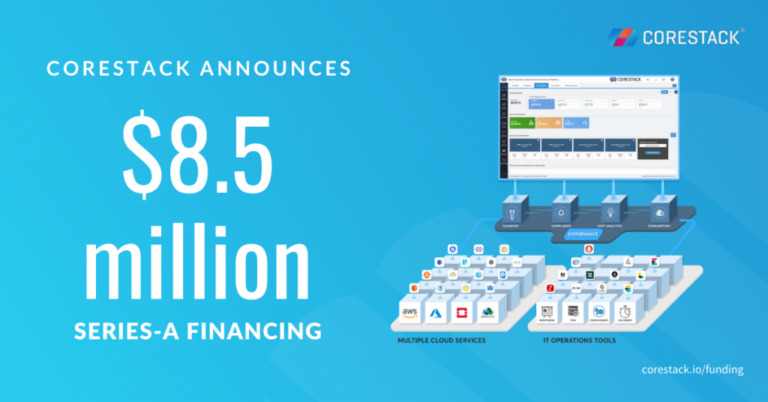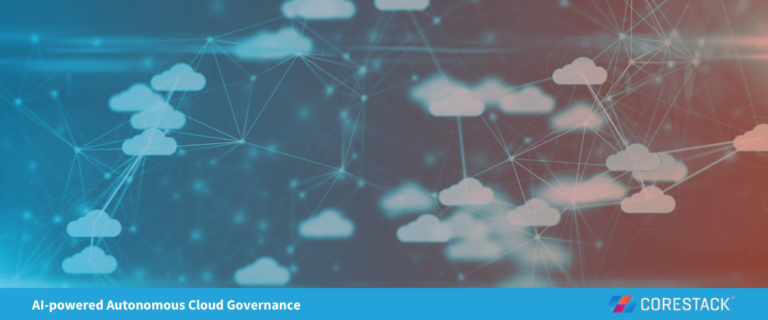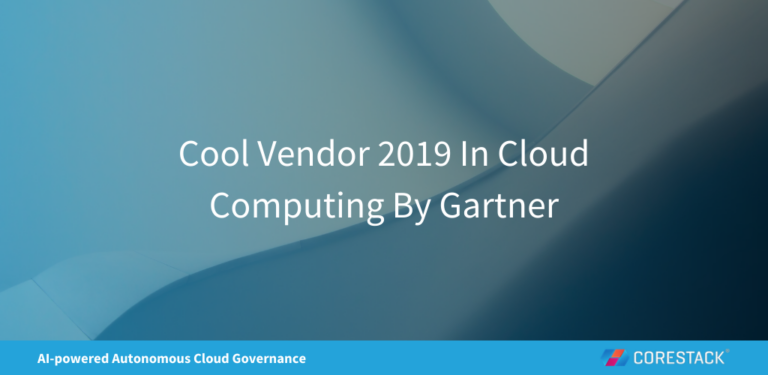CoreStack’s Top 5 Predictions for Cloud Governance in 2023
Gartner forecasts that the worldwide public cloud end-user spending will reach nearly $600B in 2023, a 20.7% increase from $490B in 2022. This growth is despite the inflationary pressures and dire macroeconomic conditions expected in the coming year. Cloud spending continues to enjoy the hallowed position of being the largest chunk of IT spend.
Driving part of this growth is the fact that organizations are graduating from a single cloud to multi-cloud. In these environments, the need for cloud governance becomes imperative. How else can you wrest control over a sprawling on-demand resource that is available to anybody in the company instantly?
For purposes of this discussion, cloud governance is a superset of cloud management, a proactive, AI-based methodology for maintaining a cost-effective, compliant, nimble, and secure cloud. And as cloud spend grows to $600B and beyond, cloud governance is going to evolve. But how? Where is cloud governance going? What can we expect in 2023?
A few days ago, in preparation for a flurry of activities for the next year, some of the experts at CoreStack shared their thoughts on this very subject. Here is a summary of that conversation condensed to a few bullets.
1. Cloud governance will become the de-facto cloud operating model. As all roads digital lead to and from the cloud, the need to master cloud governance becomes more an imperative than a choice. Whether operations, security, compliance, or cloud operations, an independent, optimized cloud operating model will provide the confidence an organization needs to go further, faster in realizing their digital ambitions.
2. GreenOps will come of age. MTCO2 matters as sustainability gains momentum. New tools that address sustainability will help enterprises self-educate and self-empower with deeper insights and better ‘course correction’ tools. Apart from improving the bottom line, sustainability will create a virtuous cycle of ‘feel-good’ sentiments that enterprises can take pride in and show off. Sustainability will also play a key role in future readiness.
3. Multi-cloud gets redefined as Public + Hybrid + Private (hosted and data center). Cloud governance will evolve to span them all.
4. Cloud governance will enable intelligence through data governance, allowing organizations to gain insights by combining metadata, observability, and telemetry. These insights will put enterprises in the driver’s seat to make more impactful, data-driven decisions.
5. Cloud governance will become intuitive and simple. Enterprise users will be able to seamlessly manage edge resources, K8 resources, VMs, and more – from on-prem to the edge to the cloud, and everything in between. New capabilities will alleviate worries about upskilling and dealing with complexities.
As we say goodbye to 2022, a year that saw us slowly limbering back to normalcy, we can rest well in the hope that the next year will be even better.

